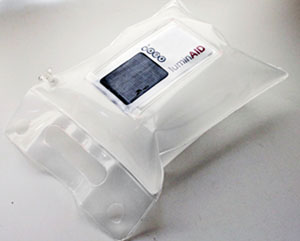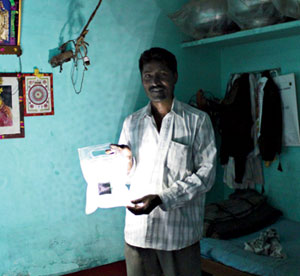
Photos courtesy LuminAID Lab

The LuminAID inflatable solar light was developed two years ago by Anna Stork and Andrea Sreshta while graduate students in architecture at Columbia University; the two were participating in a studio focused on designing disaster-relief aid and infrastructure in response to the 2010 Haitian earthquake. "We observed a gap in providing lighting solutions as part of the supplies commonly sent in emergency relief," says Sreshta. "We attributed this to the fact that many of the existing solar lighting products were too costly and bulky to send in the large numbers required for disaster-relief aid." Now in production, LuminAid is a cheaper, safer alternative to kerosene that uses an integrated solar panel to provide four to six hours of light. In just two years, the team has presold 1,500 units in more than 25 countries and collected donations to fund over 3,000 lights for organizations doing work in off-grid regions in countries including India, Uganda, and Laos.
